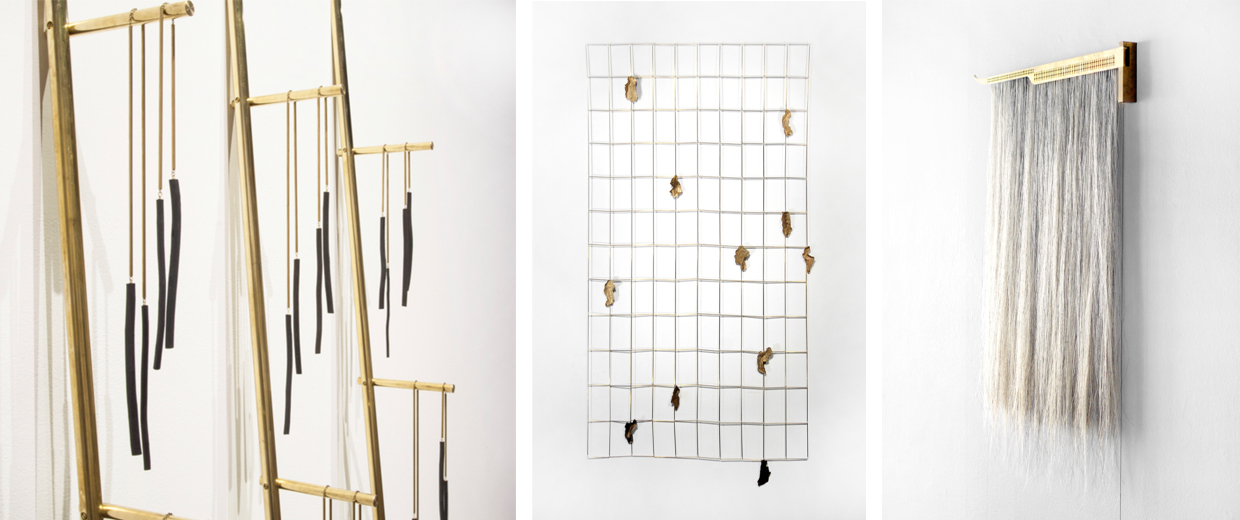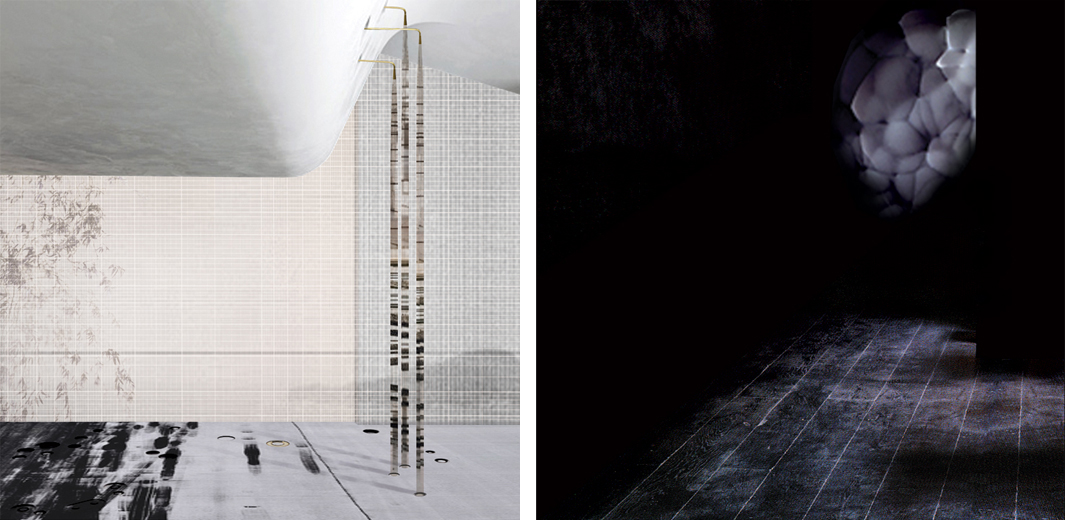Heather Scott Peterson on Framing New Questions and Finding Your Own Path
Associate Professor Heather Scott Peterson is an artist, designer, and writer. Her studio practice centers around sculpture, furniture, drawing, and artifacts. In 2014 she was awarded a MacDowell Fellowship, and has been a member of the viewing program at The Drawing Center in New York since 2007. We recently caught up with Heather to discuss how she looks to frame the right questions and how we each might discover our own path.
Interview with Heather Scott Peterson
 Why did you choose to study fine art and architecture?
Why did you choose to study fine art and architecture?
I went off to art school when I was 17, and although my understanding of those decisions was not at all what it is today, I intentionally chose to apply to art schools that had architecture programs because I wasn’t entirely decided. I ended up studying painting, and doing two minors, one in architectural history and another in creative writing. I could sense that my interests existed somewhere in the triangulation of those disciplines, but I’m not sure if I could have articulated it at the time. When I decided to pursue a graduate degree, I went off to study architecture at a school that was a bit like the wild west. No one was minding the store, and if you had an agenda, you could wander pretty far off of the ranch of architecture with a capital A. In truth, the distinctions between these disciplines have never seemed very pressing to me. It’s all matter in space and time.
You have a background as a professor and designer. What do you believe is the relationship between academia and practice?
For me, it’s all one enterprise, which is to ask questions. The French novelist Jean Malaquias used to say, “there are no answers. There are only questions.” That seems about right to me.
Working and living in Los Angeles, how does the city shape your practice and teaching?
I moved here almost 20 years ago for graduate school, thinking that it would be an interesting change in climate and urban existence than the places I had lived on the East Coast or in Europe, but hadn’t imagined that I would stay. Los Angeles is not a classic beauty. It doesn’t announce how to navigate it, or how to orient yourself in it. It’s not necessarily a city that arouses love at first sight. It’s more of a smolder. I found, over time, that there was a sense of the unfinished here; an incompleteness that has lent itself to Los Angeles being a place of productive troublemaking, a milieu of experimentation. There has also been a dynamic shift in the places of cultural production in America in the years since I moved here. Climate, economy, and real estate have brought more and more creative people to LA, and it seems poised to displace New York as the center of cultural production in this country. It’s a compelling time to be here, working and helping to frame new questions about the constructed environment and the cultural landscape.
With changes in climate, technology, and construction techniques, how do you think designers will adapt ways of practicing to advance the profession?
The past few months have shown us, unequivocally, that we have reached a vanishing point. I think the choice of “will we adapt” is no longer on offer. The questions now are in what ways, by what means, and with whom. I formed a design collective several years ago with fellow designers from Sweden, Slovakia, and Uruguay. We get together in a different place in the world every summer and make work together in response to the pressures of that context, and to confront questions that have been a foot for each of us that year. We also collaborate on various things from afar, and consult with one another as projects arise. We’ve had to adapt this year since we’re not able to meet in person. I’ve formed a practice with the member of our group in Stockholm and we’ve been working on a restaurant there in a very interesting way; quite directly the way a sculptor might. We test ideas at full scale, in the actual space, and have more or less collapsed or confused the distance between design and fabrication or construction. It’s an exciting moment to revisit all of our assumptions about methodology, duration, permanence, and so on.
What projects have you enjoyed working on most in your career?
There have been many, but at the moment I’m having a great deal of fun working on a book of experimental non-fiction titled, Idioms of Matter. It’s been an opportunity for me to synthesize decades of thinking about the substances of the world… air, oil, wax, salt; to contemplate the central human impulse to manipulate the world as we find it, into the artifacts of human culture.
What advice would you give to students who aspire to follow a similar career path?
There are as many different ways to make work in the world, as there are people, and honestly, the economy can’t support all of us working the same way. The people that modeled a life for me; who have lived a unique, creative and examined life, did so unexpectedly by taking lots of risks, and shaping their own way. A great example of this is David Zilbur. Up until a week ago, he was the director of fermentation at Noma in Copenhagen, which has, at various times, been considered the best restaurant in the world. David was the only person on the planet with that job. He didn’t invent fermentation, obviously, but he did work to make it a legible frontier, and he invented a singularly unique place for himself in the world by the particular way that he synthesized vast fields of knowledge between culture and the natural sciences. Charting your own way requires backbone and a steroidal curiosity.
What three words would you use to describe Woodbury?
Diverse, intimate, earnest.
DISCOVER OUR interior design Program

